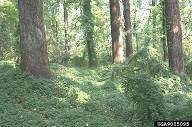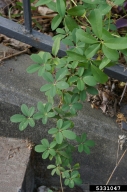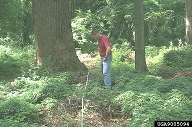
Shep Zedaker, Virginia Polytechnic Institute and State University, Bugwood.org
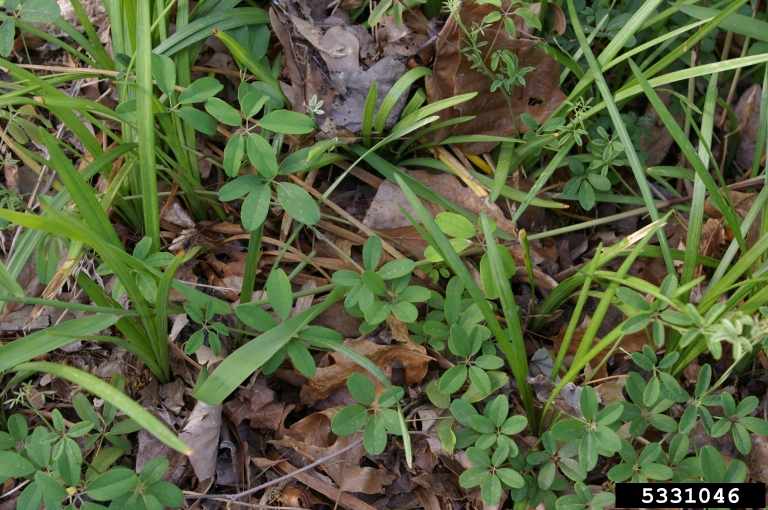
Nancy Loewenstein, Auburn University, Bugwood.org
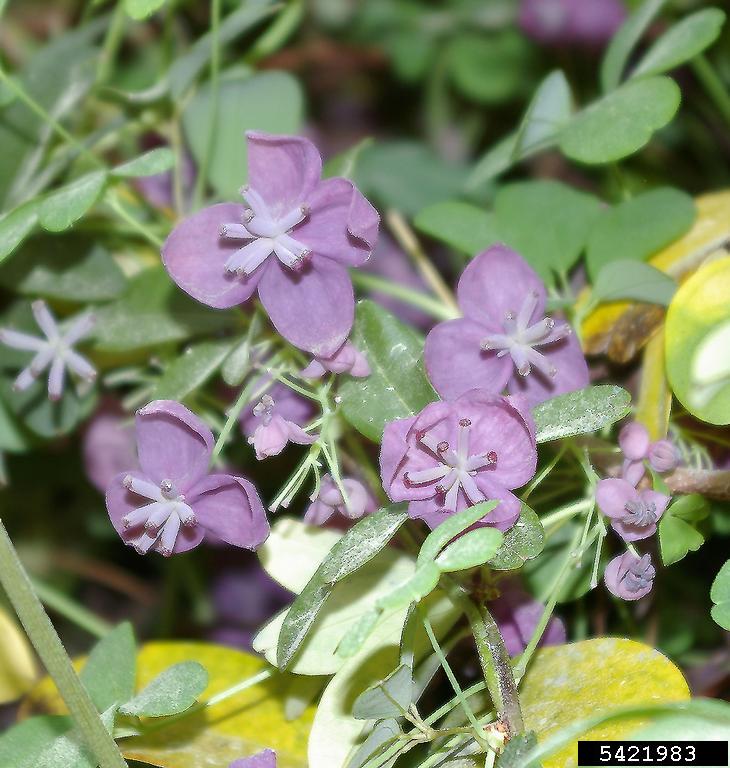
Nancy Loewenstein, Auburn University, Bugwood.org
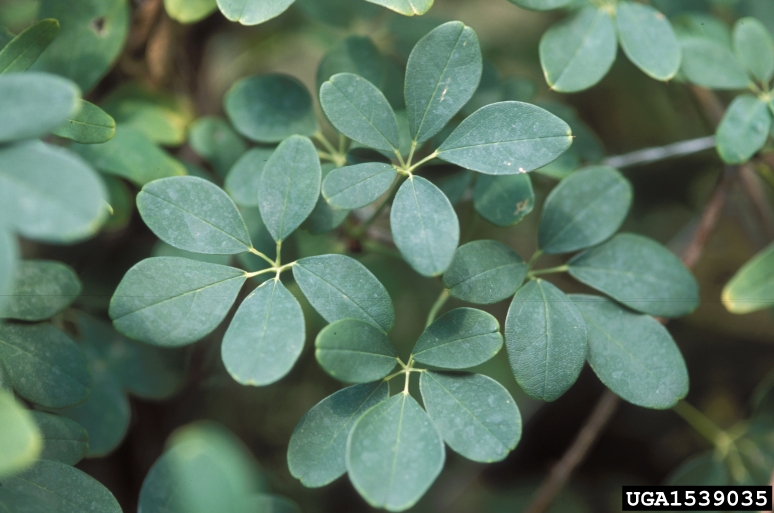
James H. Miller, USDA Forest Service, Bugwood.org
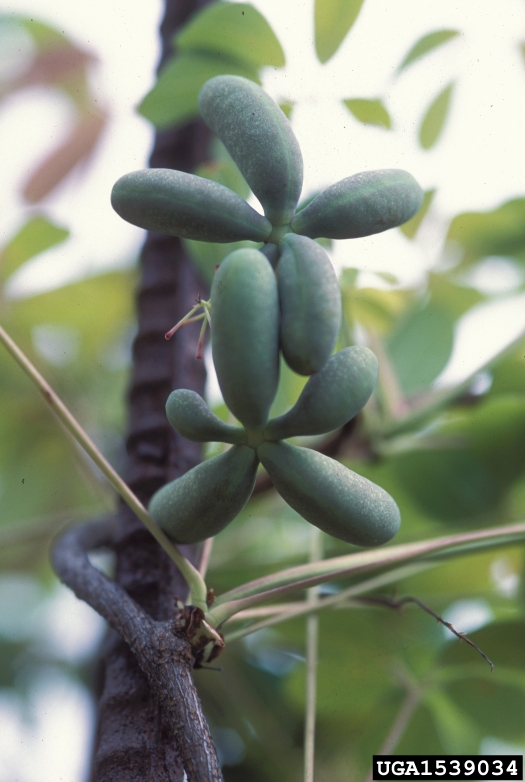
James H. Miller, USDA Forest Service, Bugwood.org
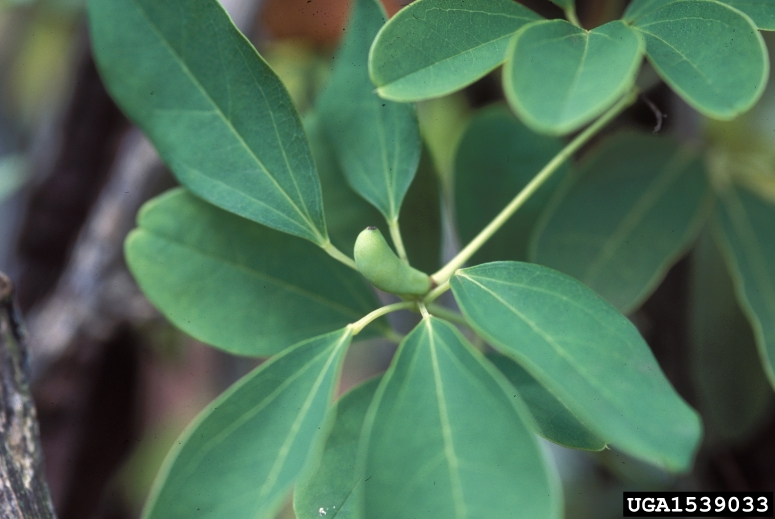
James H. Miller, USDA Forest Service, Bugwood.org

James H. Miller, USDA Forest Service, Bugwood.org
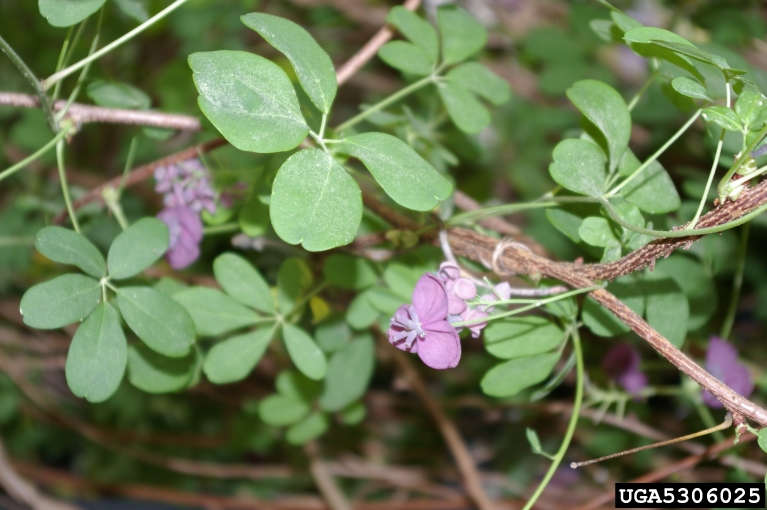
Nancy Loewenstein, Auburn University, Bugwood.org

Nancy Loewenstein, Auburn University, Bugwood.org

Nancy Dagley, USDI National Park Service, Bugwood.org
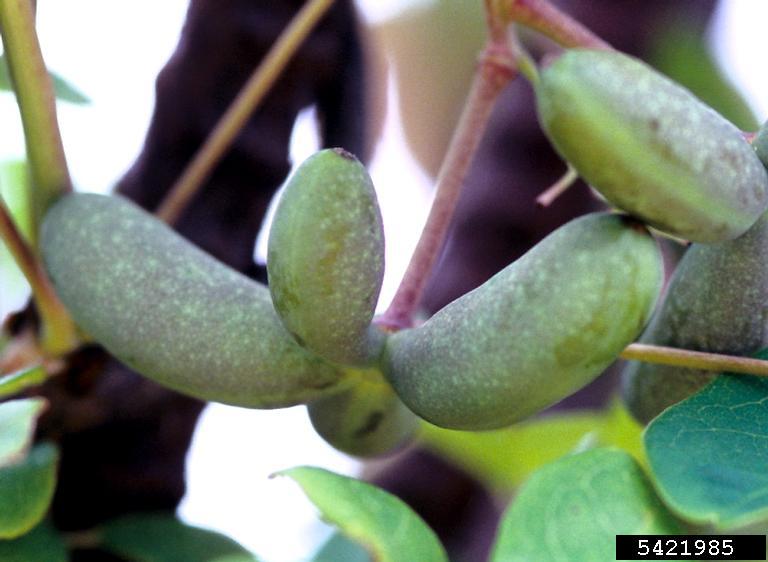
James H. Miller, USDA Forest Service, Bugwood.org
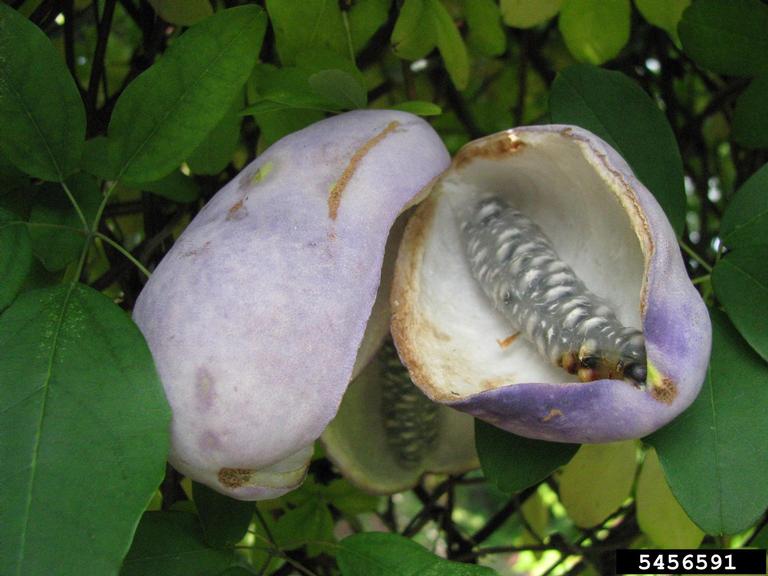
Leslie J. Mehrhoff, University of Connecticut, Bugwood.org
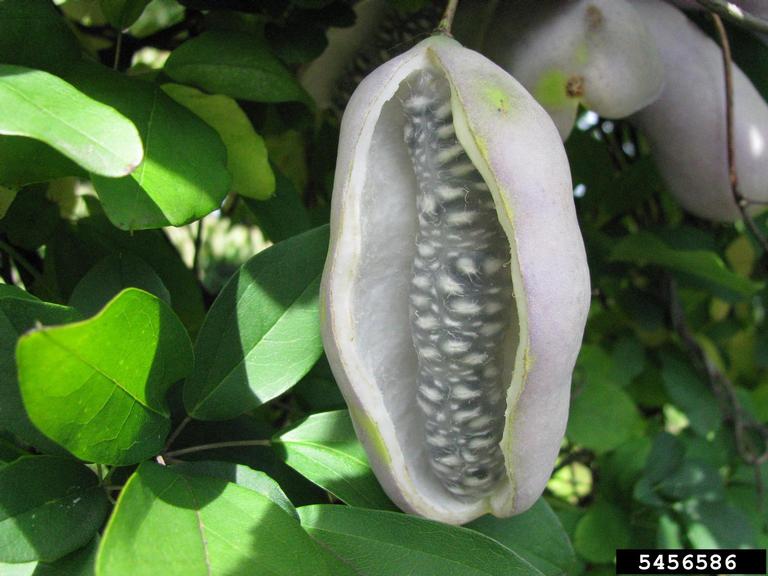
Leslie J. Mehrhoff, University of Connecticut, Bugwood.org
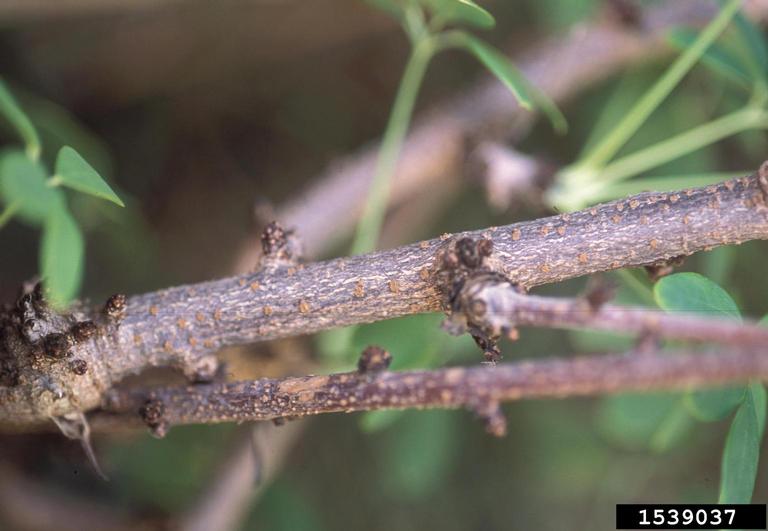
James H. Miller, USDA Forest Service, Bugwood.org
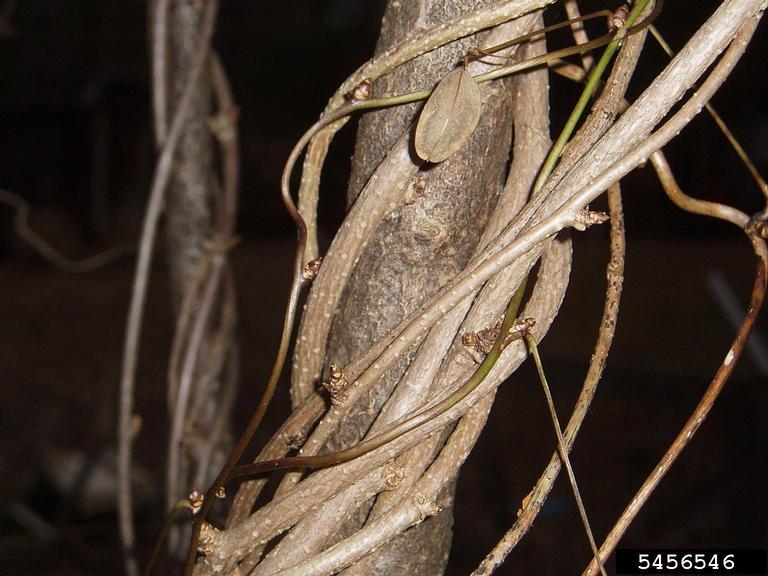
Leslie J. Mehrhoff, University of Connecticut, Bugwood.org
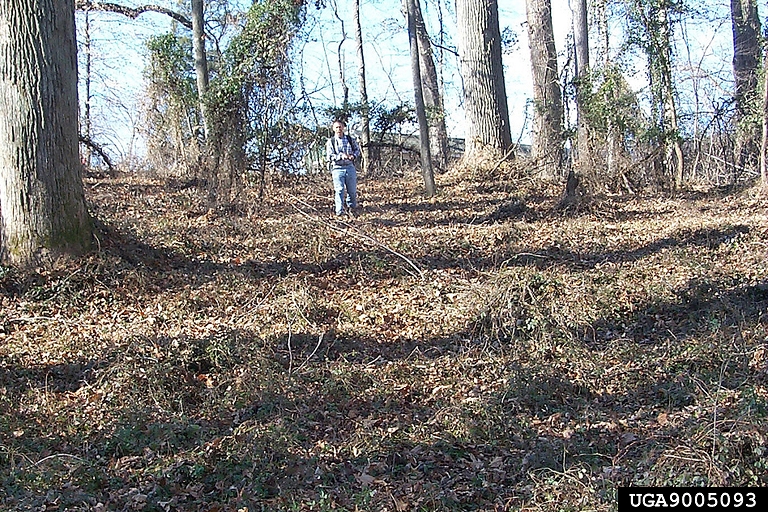
Shep Zedaker, Virginia Polytechnic Institute and State University, Bugwood.org

Shep Zedaker, Virginia Polytechnic Institute and State University, Bugwood.org
